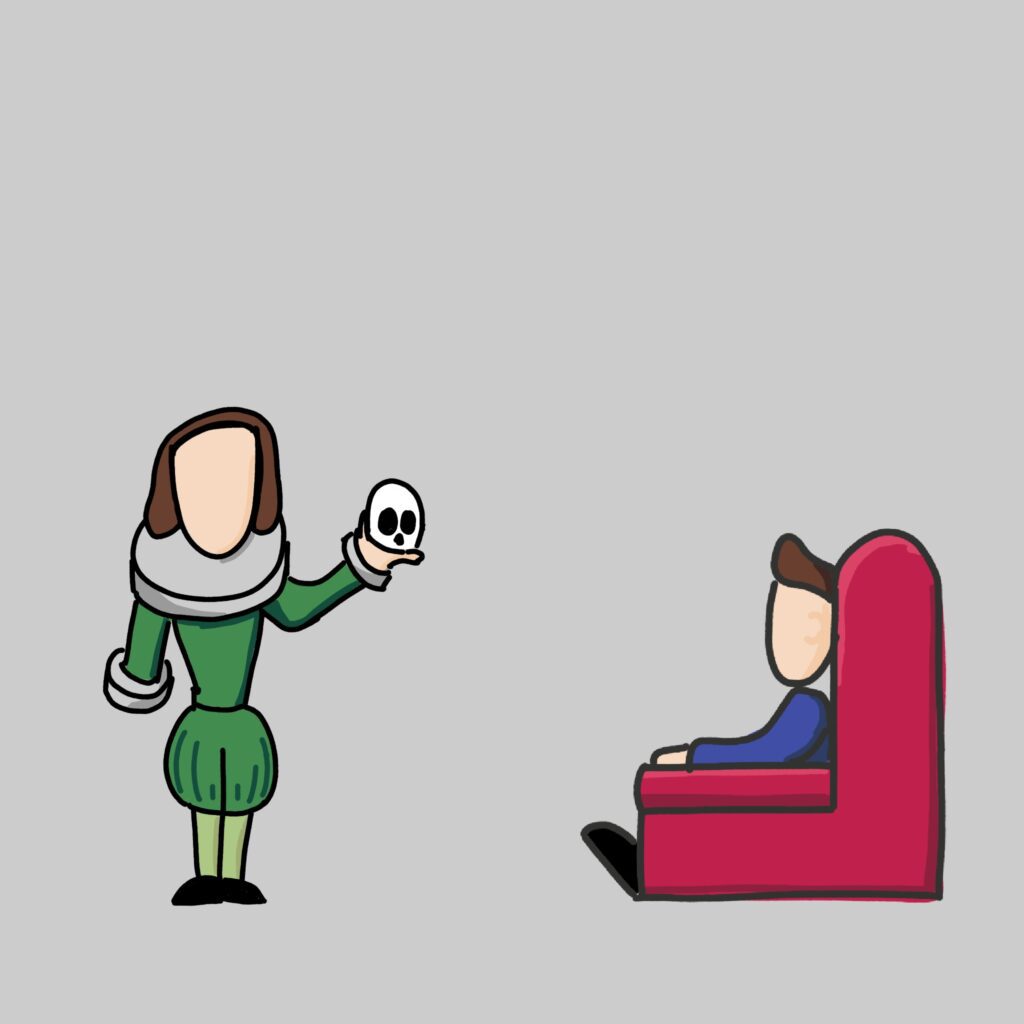I was preparing to share a new cognitive bias essay but as I prepared to publish, I received a surprised.
It seems that it ISN’T real!
While early studies found evidence for this bias, later meta-analysis showed a non-significant correlation.
At first I was disappointed in the time I had wasted, but then I realised it was an opportunity to share about the biases that put me in this place.
A bias that isn’t real
In the 1971 two psychologist put forward the actor-observer asymmetry effect.

It stated that actors (the people doing the action) attribute external circumstances for their behaviour, while observers look at internal factors.
Examples?
- An actor would say they study because an subject is difficult
- An observer would say they study because the actor is hard-working.
In contrast, an actor would say they were late because of the traffic. But an observer would say they were lazy or disorganised.
The idea took off because it resonated with our experience.
We often see or hear people attack others for making the same mistakes they have made (but blaming their motives).
The trouble is, that’s not always the case and we blame external and internal alike.
It turns out that our judgement of ourselves and others is far more complicated than we first thought, and the promotion of this bias actually was due to confirmation bias as well as publication bias.
What is Publication Bias?

This is the bias where studies with significant results are more likely to be published than those which don’t.
This encourages researchers to find a correlation and means that we only hear about positive results (skewing perceptions).
So while the actor-observer bias may not be real, the lesson it teaches is.
Get more essays like this each week
If you’ve enjoyed this visual essay, you’ll probably like my weekly newsletter.
Each week I share two inspiring visual and a quick tutorial for how to create your own.

Leave a Reply